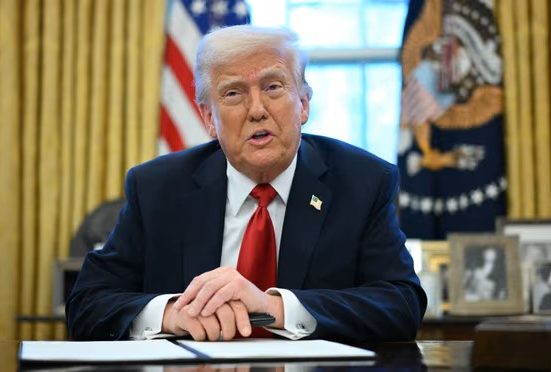An internal document from the Trump administration, dated April 10, 2025, reveals plans to reduce the Department of Health and Human Services (HHS) discretionary budget by more than 30 percent—from $116.8 billion in fiscal 2025 to approximately $80.4 billion. This dramatic cut is part of a broader reorganization aimed at consolidating key health agencies into a new entity called the Administration for Healthy America (AHA), while eliminating dozens of programs across the federal health landscape.
The proposal targets major public health agencies for sharp reductions: the National Institutes of Health (NIH) and the Centers for Disease Control and Prevention (CDC) would face funding cuts exceeding 40 percent. Critical programs focused on HIV/AIDS prevention, substance abuse, mental health services, autism research, chronic disease prevention, and firearm injury prevention are slated for elimination. The Food and Drug Administration (FDA) would stop routine food facility inspections, and smaller agencies such as the Substance Abuse and Mental Health Services Administration (SAMHSA) would be defunded entirely.
This restructuring follows significant workforce reductions at HHS, with roughly 20,000 jobs cut through layoffs and buyouts earlier in April 2025. The administration justifies the cuts as necessary reforms to streamline operations, improve cost-effectiveness, and advance President Trump’s goal of balancing the federal budget. Some functions of eliminated agencies would be absorbed into the newly formed AHA, which would receive about $14 billion—far less than the combined previous budgets of the affected agencies.
While the proposal remains subject to change before the formal budget submission to Congress, its scope signals one of the most profound federal health budget overhauls in recent history. Public health experts and advocates warn that these cuts could severely weaken the nation’s capacity to respond to health threats, conduct biomedical research, and provide vital services to vulnerable populations. The administration’s plan is poised to reshape America’s health infrastructure amid ongoing debates over federal spending priorities.




